Cláudio's Best Shot Pick: Yentl (1983)
 Wednesday, June 1, 2022 at 11:34PM
Wednesday, June 1, 2022 at 11:34PM The next episode of our series, 'Hit Me With Your Best Shot,' arrives Thursday night. This week's film is Barbra Streisand's directorial debut, Yentl. In 1983, she was infamously snubbed for a Best Director Oscar nomination after winning the Golden Globe. You still have time to participate! Here's Cláudio's entry:
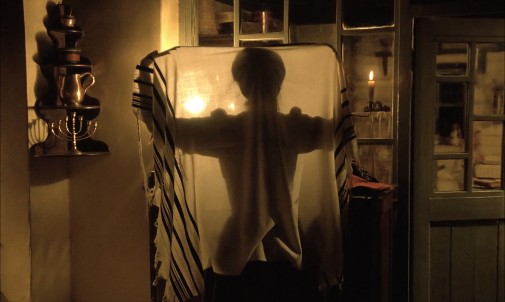
This isn't the first or second time I've explored the wonderful world of Yentl on The Film Experience. First, when writing about two instances when the same performance got nominated for both an Oscar and a Razzie, I defended Amy Irving's work, concluding she deserved the former rather than the latter. Then, when revisiting all of Babs' work as a director, Yentl emerged as her most passionate project as well as the best showcase for the star's behind-the-camera talents. Check out those other articles if you're interested.
My positive feelings about Yentl haven't changed with this Hit Me With Your Best Shot-prompted revisit. In other words, I'm still a fan…
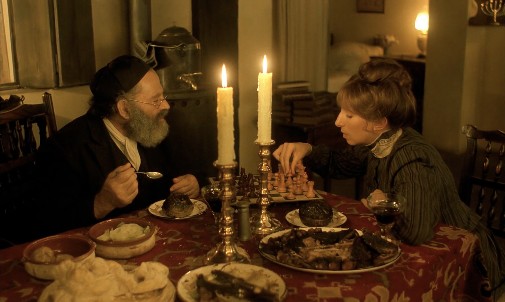
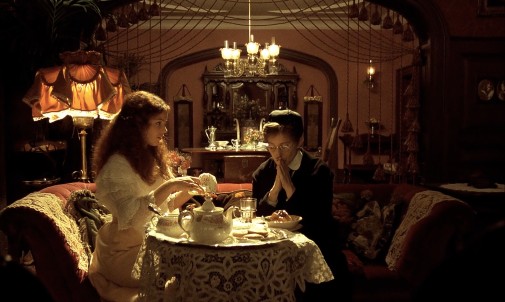
With all the talk of Yentl as a vanity project marred by its leading lady's miscasting and song-hogging tendencies, one can lose sight of the production's staggering beauty. Three of its five Oscar nominations were for Michel Legrand's music and one other for Irving's much-maligned supporting turn. However, the picture's most deserving citation came in the Best Production Design category, then named Best Art Direction-Set Decoration. Roy Walker, Leslie Tomkins, and Tessa Davies recreate early 20th-century Poland with exquisite detail, whether depicting domestic spaces or scholarly environments.
Along with Judy Moorcroft's work on the costume front, the team pays special attention to rich textures and the sense of an old world of ossified tradition, standing on the precipice of change. Set in 1904, Yentl starts in Ashkenazi shtetl, where the titular character is a young woman who secretly studies the Talmud under her father's tutelage. Bent on avoiding marriage and the fate her sex conscripts her to, Yentl abandons her former life after her father's passing. Hair cut and breasts bound, she sets off into the world under a male identity. Now named Anshel, she enters a Yeshiva in the town of Bychawa, pursuing her academic dreams.
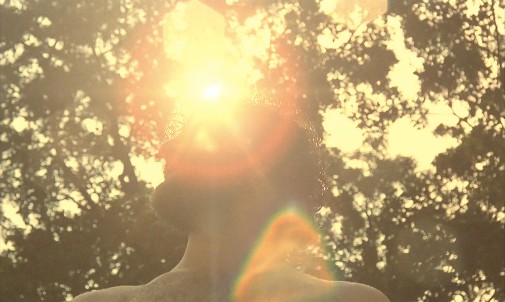
There, Yentl falls in love with her fellow student, Avigdor, momentarily wavering from a single-minded hunger for knowledge into something more carnal. However, the man remains oblivious to her secret. Furthermore, upon introducing Yentl to his fiancée, Hadass, Avigdor plants the seed of a troublesome romantic triangle. The plot machinations sound convoluted when plainly described but make surprising sense when performed by Irving and a never more handsome Mandy Patinkin. Streisand adds a jolt of movie-star charisma, bringing such formidable chemistry to the table that, for a moment, one wishes the plot would lead to a polyamorous conclusion.
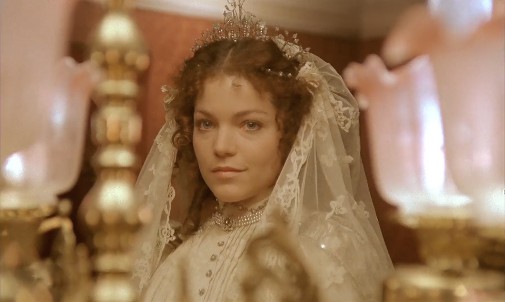
David Watkin's lensing also deserves applause. Likely inspired by Fiddler on the Roof's Oscar-winning cinematography, he captures Yentl through a gauzy haze of nostalgia, all sepia tones and amber glow. More importantly, the camera lovingly captures every detail of those aforementioned sets and costumes with an avid eye. There's the inky blackness of traditional attire, the delicate caress of antique lace, plush furnishings in velvet and lacquered wood, and crystal chandeliers that frame a bride's face like she's something between a pretty painting and a caged bird.
Yentl, the character, notices all of this, and so does Yentl, the movie, perfectly attuned to its protagonist's subjectivity. Still, two kinds of palpable encounters rise above the others, materiality experienced through the projected image's sensorial suggestion. First, we have the obvious touch of skin against skin – the spark of connection between lovers as fingers pass bread or a redemptive embrace that means more than a kiss. However, no touch is more luxuriating than the brush of knowledge and, through that knowledge, the promise of freedom.
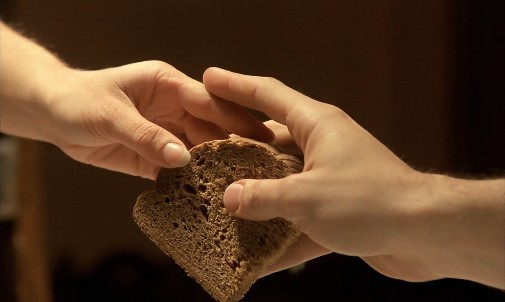
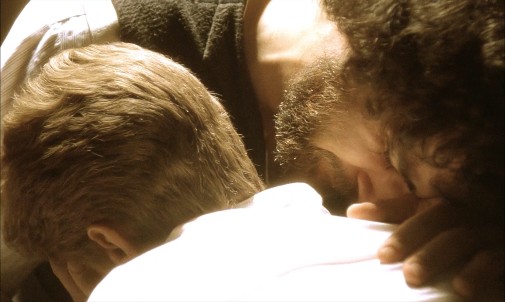
So, my pick for the best shot is a relatively simple image. Throughout the film, Streisand plays with the motif of Yentl's hands against paper-marbled covers and leather-bound hardbacks. She cradles a tome after her father's death like a safety blanket. When getting to know Avigdor, their meeting of minds is exemplified by mutual awe over yellowed pages. And yet, no man can ever surpass Yentl's true passion, and no shot of joined persons can compare to the ecstasy of a reverent hand over literature, a stray beam of sunlight making it look just as heavenly as it must feel.
Don't forget to post your #bestshot choices from Yentl so that Nathaniel can include them in tomorrow's Best Shot post.



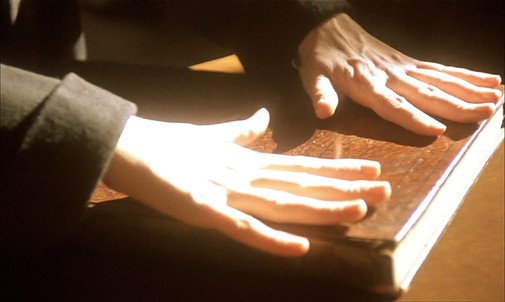
Reader Comments (8)
"She was too old to play Yentl"
but we haven't done Ex-Machina!
Nice post,I would have nominated for Leading Actress and maybe Patinkin who borders on lead.
What a magnificent film. Deserved noms in Picture, Director, Lead Actor, Adapted Screenplay, Cinematography, Costumes, Film Editing and Sound too.
claudio - I cannot read this yet as I'm still working on mine but can't wait to. I'm glad you also enjoy Yentl. rewatching it was great fun for me.but it also reminded me of how vastly movies have changed in that it's so small and the stakes are just a couple of people wide.
Peggy -- i'm sorry about ex machina. argh. will include in tonight's roundup for yentl.
These shots are gorgeous. The production design really is a star here, and it makes me long for the days before we put actors in front of green screens for everything (including period dramas).
It was a beautiful film, and taught this Catholic boy a little about Judaism.
And Mandy Patinkin, in full Bear mode. Yowza!!!
It was a beautiful film, and taught this Catholic boy a little about Judaism.
And Mandy Patinkin, in full Bear mode. Yowza!!!